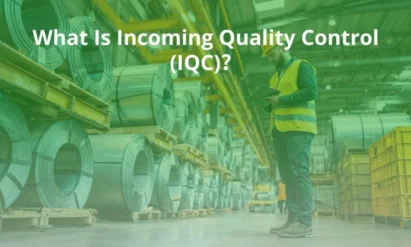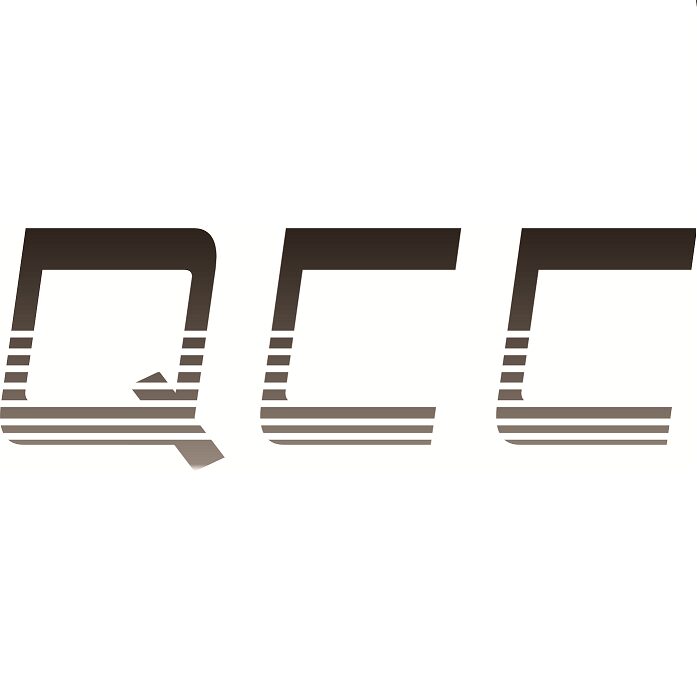ISO 9000 Series Standards Guide
Jun 12,2025
Overview
The ISO 9000 series standards provide a framework for businesses to build, implement, and continuously improve structured processes for ensuring product and service quality.
This guide explores the origins of the ISO 9000 series, outlines its key components and the seven quality management principles behind it, and walks through the certification process.
It also highlights common challenges organizations may face when implementing the standard and offers practical tips to overcome them. Whether you’re new to ISO or looking to optimize an existing system, this article will help you better understand and apply this essential global standard.
What is ISO 9000?
You may have heard of ISO 9000 but aren’t quite sure what it is. Simply put, the ISO 9000 series is a set of international standards developed by the International Organization for Standardization (ISO) focused on quality management systems (QMS) and quality assurance.
These standards help organizations of all types establish and maintain effective quality management systems. ISO 9000 is not industry-specific and applies to both manufacturing and service sectors.
It is one of the most well-known and influential standards published by ISO, widely adopted by organizations around the world. It provides a rigorous international benchmark for improving the quality of products and services across industries.
History of ISO 9000
The ISO 9000 series was first published by the International Organization for Standardization (ISO) in March 1987. It was born out of a vision to provide a unified benchmark for quality management systems across all industries worldwide.
Initially, ISO 9000 was primarily adopted by large enterprises. However, by the mid-1990s, small and medium-sized businesses also began to embrace the standard. This growing adoption led to ongoing revisions aimed at keeping pace with the evolving market landscape and organizational needs.
Today, ISO 9000 has become one of the most successful management standards globally. Its most recent version was released in 2015, offering organizations a clear framework for establishing and maintaining effective quality management systems. As global awareness of quality continues to grow, the influence of ISO 9000 keeps expanding.
What Does the ISO 9000 Series Include?
When people mention ISO 9000, they often think of “certification.” In reality, this series consists of several distinct but related documents, each serving a specific purpose:
- ISO 9000: 2015— Introduces the fundamental concepts and terminology of quality management; serves as the foundation for understanding the entire system.
- ISO 9001: 2015— Specifies the requirements an organization must meet to achieve quality management certification; it is the only certifiable standard in the series.
- ISO 9004: 2018— Offers guidance on achieving sustained success through performance improvement; intended for organizations with an established QMS.
- ISO 19011: 2018— Provides guidance on conducting both internal and external audits, supporting the evaluation and improvement of management systems.
ISO 9000 is both the name of the series and a specific standard within it, focusing on the vocabulary and core principles of quality management. It helps organizations align their understanding and usage of key quality-related terms.
ISO 9001 is the centerpiece of the series when it comes to certification. It outlines the commitments an organization must make in terms of customer satisfaction, regulatory compliance, and continuous improvement. To become certified, organizations must undergo an external audit process that includes document review, staff interviews, and corrective actions.
Although people often say they are “ISO 9000 certified,” the correct term is ISO 9001 certified. The ISO 9000 series, as a whole, serves not only as a certification framework but also as a global reference for quality management best practices.
These standards are not industry-specific and are widely adopted across 178 countries, spanning manufacturing, services, education, government, and more.
The series is managed by ISO Technical Committee TC 176, which brings together experts from various industries and fields to ensure the standards remain relevant and up to date.
The Seven Quality Management Principles of ISO 9000
The ISO 9000:2015 standard outlines seven key quality management principles that form the foundation of the entire quality management system (QMS).
These principles guide organizations in designing and optimising their management systems, and serve as the basis for continuous improvement and customer satisfaction. While not directly part of the certification requirements, they underpin the implementation of ISO 9001.
Customer Focus
The ultimate goal of quality management is to meet and exceed customer expectations. Organizations should understand current and future customer needs, align their strategic objectives accordingly.
Organizations should manage customer relationships proactively and respond to feedback in order to enhance customer satisfaction and build long-term loyalty.
Leadership
Top management should establish a clear vision and direction while aligning organizational goals. They should also foster a positive, trustworthy culture, encourage employee contributions to quality objectives.
Engagement of People
Every employee plays a role in quality. Organizations should inspire active participation and empower individuals with a sense of responsibility. They should also ensure that employees understand how their work contributes to overall quality.
Process Approach
Managing activities as interrelated processes helps achieve consistent and predictable outcomes. Organizations can improve efficiency by analyzing processes and optimizing the use of resources. Effectively managing risks further enhances the quality and consistency of results.
Improvement
Improvement should be an ongoing cultural element, not a one-time effort. By using structured methods and tools to drive change and empowering employees to identify and solve problems.
Evidence-Based Decision Making
Decisions should be based on reliable, verifiable data and information. By combining data analysis with practical experience, organizations can better assess process performance and reduce risk.
Relationship Management
Organizational success also depends on external partnerships. Building mutually beneficial relationships with suppliers, service providers, and other stakeholders helps optimise the supply chain and share resources. This collaboration also fosters innovation and supports long-term sustainability.
ISO 9001 Certification Process Steps
To obtain ISO 9001 certification, organisations typically go through the following key stages:
- Preparation: Assess current practices and plan implementation.
- Documentation & Training: Create required documents and train staff.
- Internal Audit & Review: Identify gaps and evaluate system performance.
- Corrective Actions: Fix any issues found.
- External Audit: Undergo document and on-site audits by a third party.
- Certification & Follow-up: Receive certification and complete regular surveillance audits.
Common Challenges and Recommendations for Implementing ISO 9000
Challenge 1: Insufficient understanding of standard requirements
Many organizations lack a clear understanding of ISO 9001 clauses during implementation, making it difficult to apply the requirements accurately.
Recommendation: Provide professional training for management and relevant personnel before implementation to strengthen understanding of the core principles and process approach. Promote awareness and share practical cases to help all employees recognize the value of quality management.
Challenge 2: Inadequate resource allocation
Companies often struggle to balance daily operations with certification preparation, lacking dedicated staff or time, which slows progress.
Recommendation: Develop a detailed implementation plan with clear timelines and responsibilities. Assign a dedicated team or coordinator to manage the QMS project and allocate sufficient human.
Challenge 3: Overcomplicated documentation
Some organizations mistakenly believe that more documentation equals better compliance, leading to excessive paperwork that is hard to manage.
Recommendation: Focus on core business processes and risk areas. Use standardized templates and avoid redundant records. Ensure documents are relevant, practical, and support actual operations—avoid documentation created solely to satisfy audits.
Challenge 4: Inadequate internal audits
Many organizations lack experienced internal auditors or a comprehensive audit plan, making internal audits ineffective.
Recommendation: Train internal auditors to maintain independence and competence. Develop an audit schedule covering all departments and standard clauses. Use mock audits or expert guidance to ensure findings are addressed promptly and drive continuous improvement.
Challenge 5: Misalignment between quality objectives and business strategy
When the QMS is disconnected from business goals, it often fails to gain support from leadership and staff.
Recommendation: Align the quality policy and objectives with strategic goals to support performance improvement and customer satisfaction. Integrate the QMS into business processes to make it a driver of growth rather than a burden.
The Bottom Line
The ISO 9000 series standards—particularly ISO 9001—provide organizations with a structured framework for quality management. These standards are applicable to businesses of all sizes and across various industries.
By implementing the ISO 9000 system, companies can establish standardized management processes. This helps reduce operational risks and improve customer satisfaction. As a result, organizations achieve more efficient operations and consistent quality control.
In today’s competitive environment, obtaining and maintaining ISO 9000 certification helps enhance market credibility and support sustainable development.
To make implementation and certification go more smoothly, organizations can turn to professional ISO 9000 audit services. These services provide hands-on support with both auditing and consulting to help get the job done right.
--- END ---
Products
Get A Free Quote
Related Blogs
QCC SAMPLE REPORT
For sample reports or custom checklists, please contact us – we're here to assist you.

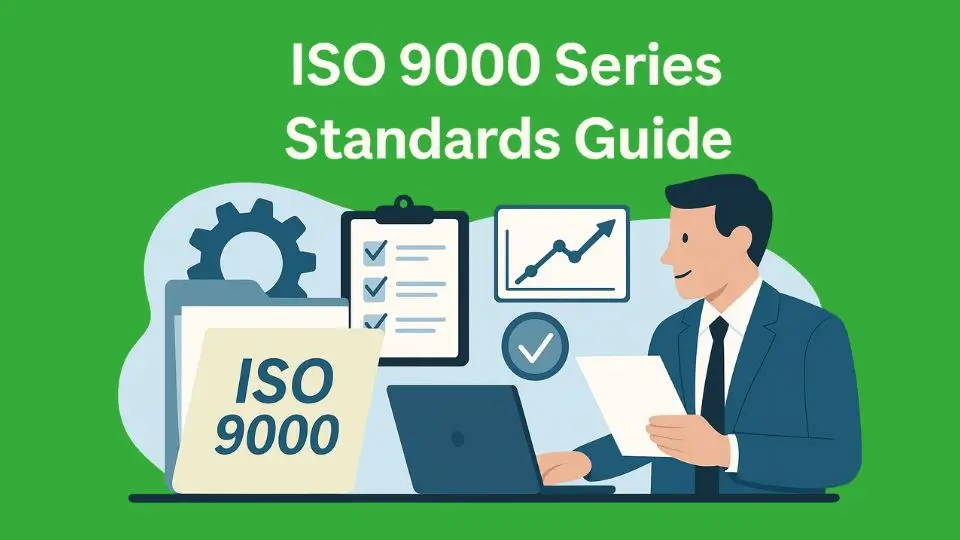
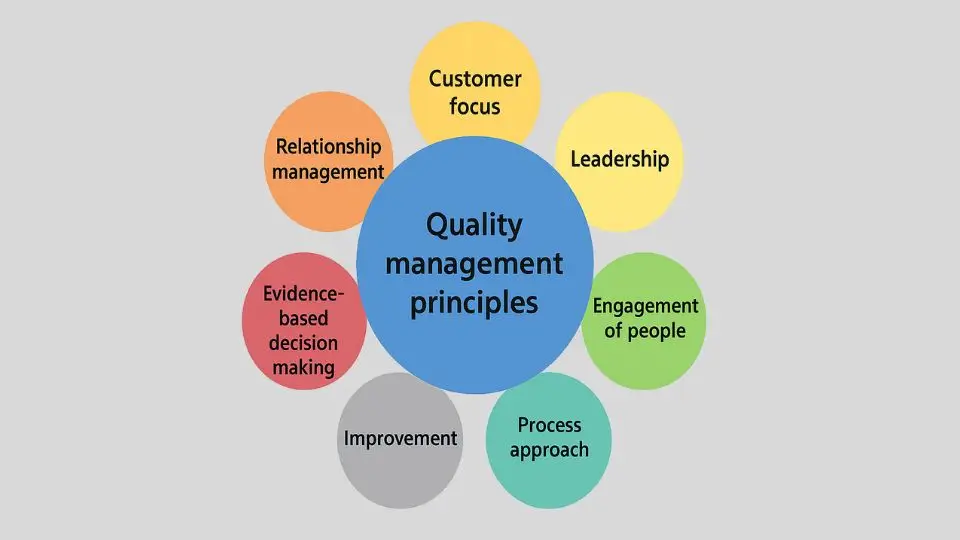
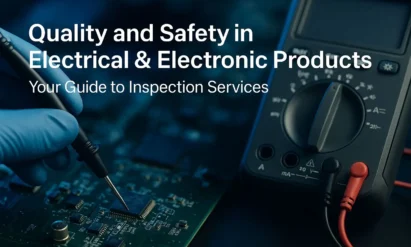
 November 28,2025
November 28,2025
